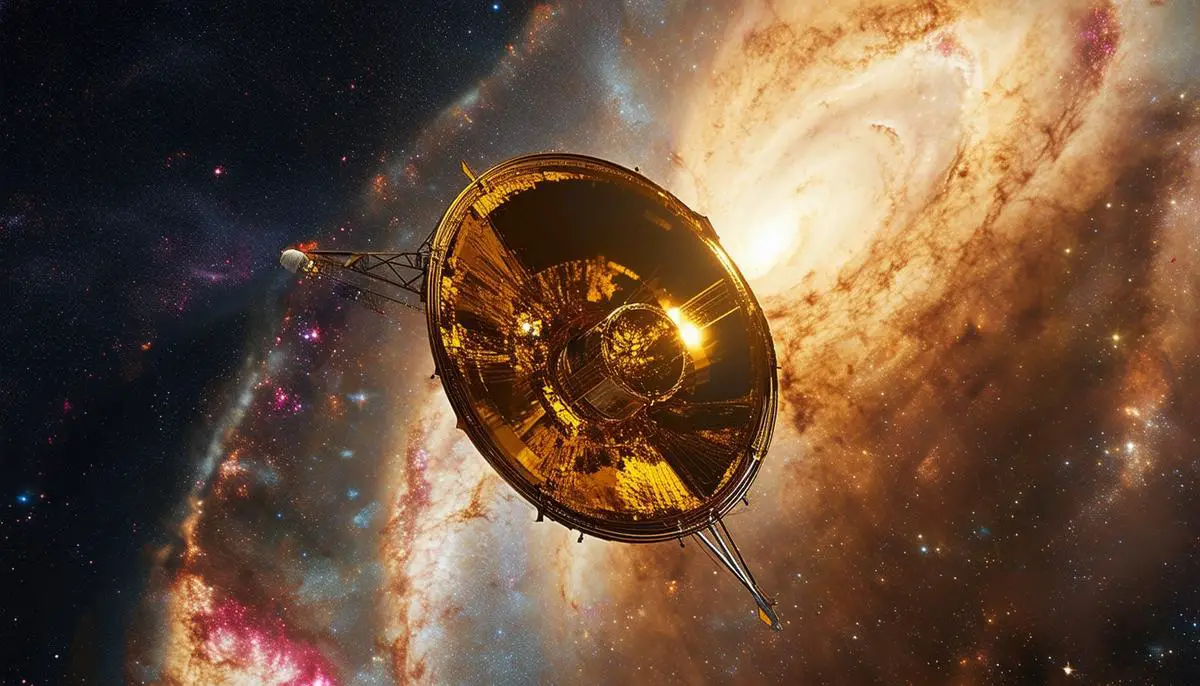Revolutionary Discoveries in Astronomy
The James Webb Space Telescope (JWST) has made significant strides in unveiling ancient cosmic secrets. It has detected galaxies formed over 13 billion years ago, existing 350 million years after the Big Bang. These galaxies challenge our cosmological understanding with their unexpected size and complexity.
JWST has also observed supermassive black holes a mere 800 million years after the universe's birth, raising questions about their rapid growth. Its infrared capabilities have allowed for the examination of exoplanet atmospheres, discovering exotic molecules like methane and carbon dioxide.
In the Eagle Nebula's Pillars of Creation, JWST's infrared vision reveals nascent stars among dense clouds. The telescope has also provided new insights into the Cassiopeia A supernova remnant, showing tendrils of hot gas and new dust formation.
Even in our galactic neighborhood, JWST has made surprising discoveries, such as unusual Jupiter-Mass Binary Objects (JuMBOs) in the Orion Nebula. These findings continue to expand our cosmic view and bring us closer to answering fundamental questions about our place in the universe.
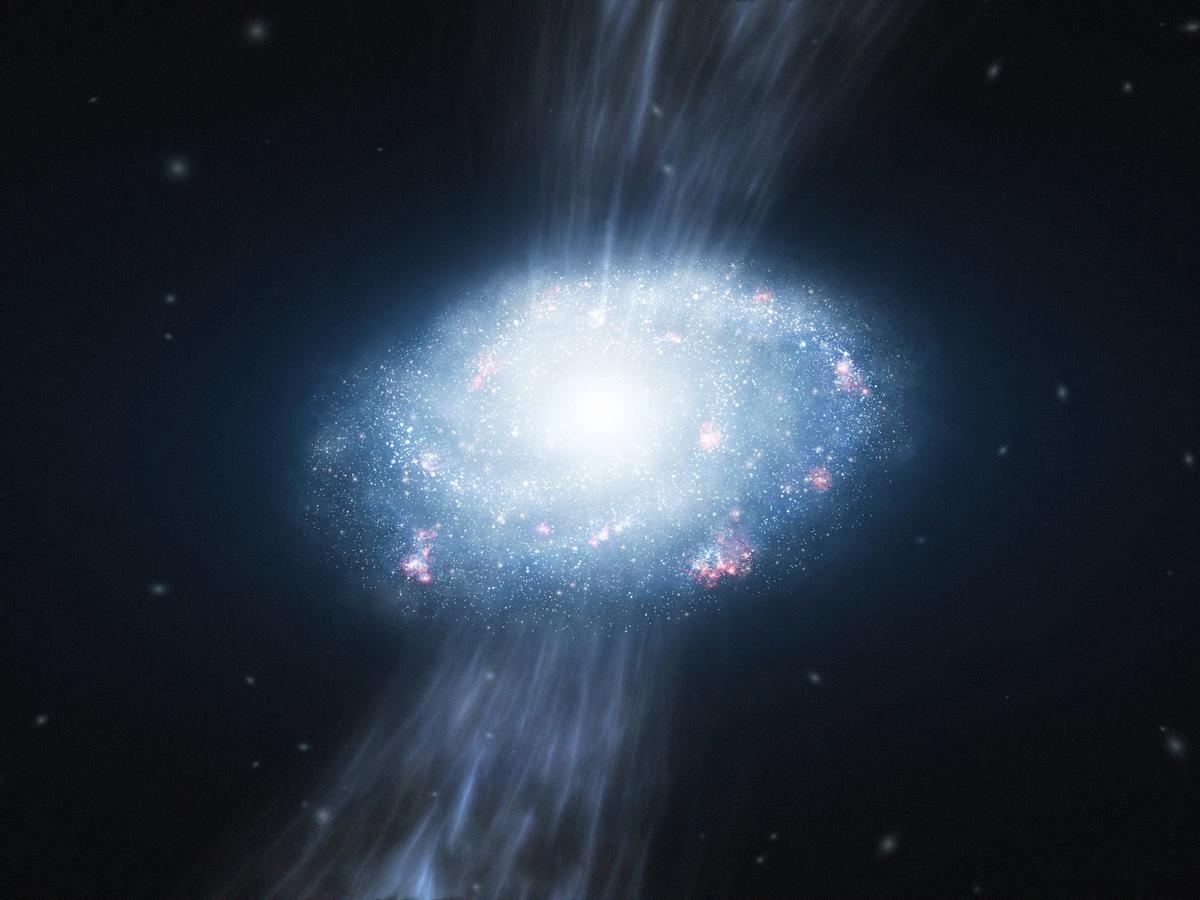
Technological Advancements of the JWST
The James Webb Space Telescope's success stems from its advanced technological features. Its primary mirror, a 21.3-foot (6.5-meter) structure composed of 18 hexagonal beryllium segments coated with gold, collects seven times more light than Hubble's mirror.
JWST's infrared capabilities allow it to peer through cosmic dust clouds, detecting young stars and hidden galaxies. The telescope's five-layered sunshield, roughly the size of a tennis court, maintains the cold temperatures needed for infrared observations.
Positioned at Lagrange point 2 (L2), nearly a million miles from Earth, JWST benefits from a stable gravitational environment that improves its observational effectiveness and reduces interference from Earth's heat and atmosphere.
While Hubble has provided seminal images and discoveries for over three decades, JWST builds on this legacy with its sophisticated technology, expanding our ability to interpret the nuanced stories written in the stars.
JWST's Role in Understanding Cosmic Origins
The James Webb Space Telescope acts as a cosmic archaeologist, unraveling early universe mysteries. It examines the "cosmic dawn" epoch, when the first stars ignited and galaxies began to form. JWST's ability to observe near and mid-infrared wavelengths allows it to penetrate dense interstellar regions, previously hidden by cosmic dust.
The telescope's observations are key to understanding galaxy assembly, particularly during cosmic dawn and "cosmic noon" — a period of rapid galaxy collision and merging. By analyzing light from the earliest stars and proto-galaxies, JWST enhances our grasp of phenomena such as reionization, when the universe transitioned from opaque to transparent.
Each JWST observation contributes to our understanding of cosmic origins, shifting our comprehension of the universe's infancy from speculative to empirical.
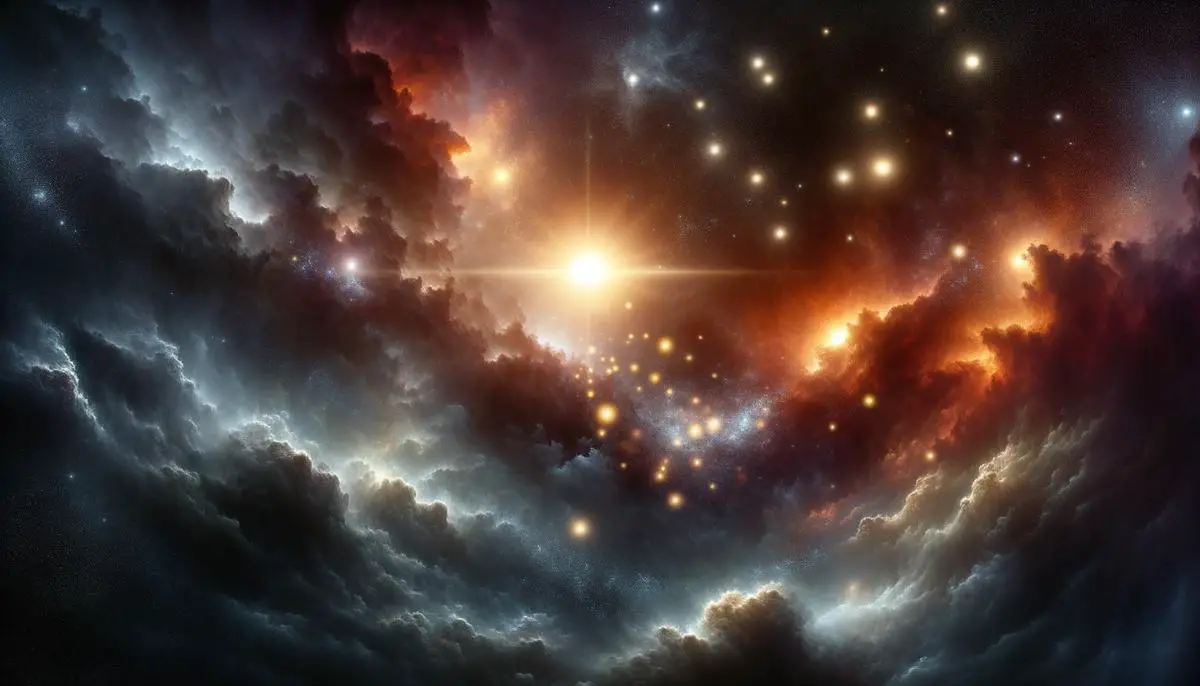
Collaborative Efforts and Global Impact
The James Webb Space Telescope exemplifies international collaboration, combining contributions from NASA, the European Space Agency (ESA), and the Canadian Space Agency (CSA). NASA led the overall project management, ESA provided the Ariane 5 launch vehicle, and CSA developed the Fine Guidance Sensor and Near-Infrared Imager and Slitless Spectrograph.
This collaboration demonstrates scientific diplomacy, showing how nations can unite over a shared passion for discovery and knowledge. The data transmitted by JWST is analyzed by experts worldwide, leading to breakthroughs in understanding that are universally shared.
JWST's discoveries have inspired educational initiatives and public engagement, encouraging young minds to pursue STEM education. By partnering on this project, NASA, ESA, and CSA have pioneered a model of cooperation that maximizes scientific return while fostering international friendships.
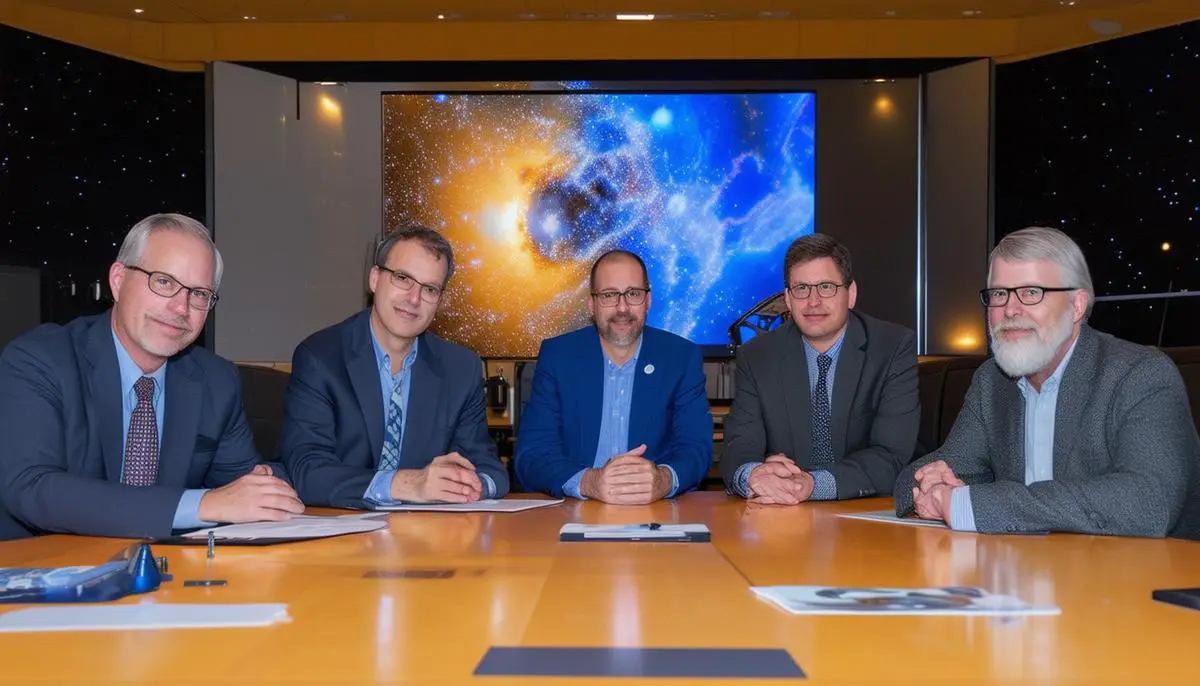
Future Prospects and Ongoing Missions
With a projected operational timeline of approximately 20 years, the James Webb Space Telescope promises to extend its legacy of cosmic discovery. In the coming years, JWST will focus on refining our understanding of the universe's earliest galaxies and stars, providing insights into galaxy evolution, star formation processes, and the mysteries of dark matter and dark energy.
The telescope's role in exoplanet research remains paramount, as it continues to probe exoplanet atmospheres for biomarkers indicative of habitability. JWST will also contribute to studying stellar life cycles, helping scientists map stars' transformative journeys from formation through to their eventual demise as supernovae.
The ongoing collaboration of the international scientific community ensures extensive data analysis and interpretation, generating hundreds of scientific publications that leverage JWST's insights. This collaborative effort will open new avenues in astrophysical research, enhancing educational and scientific frameworks that transcend national boundaries.
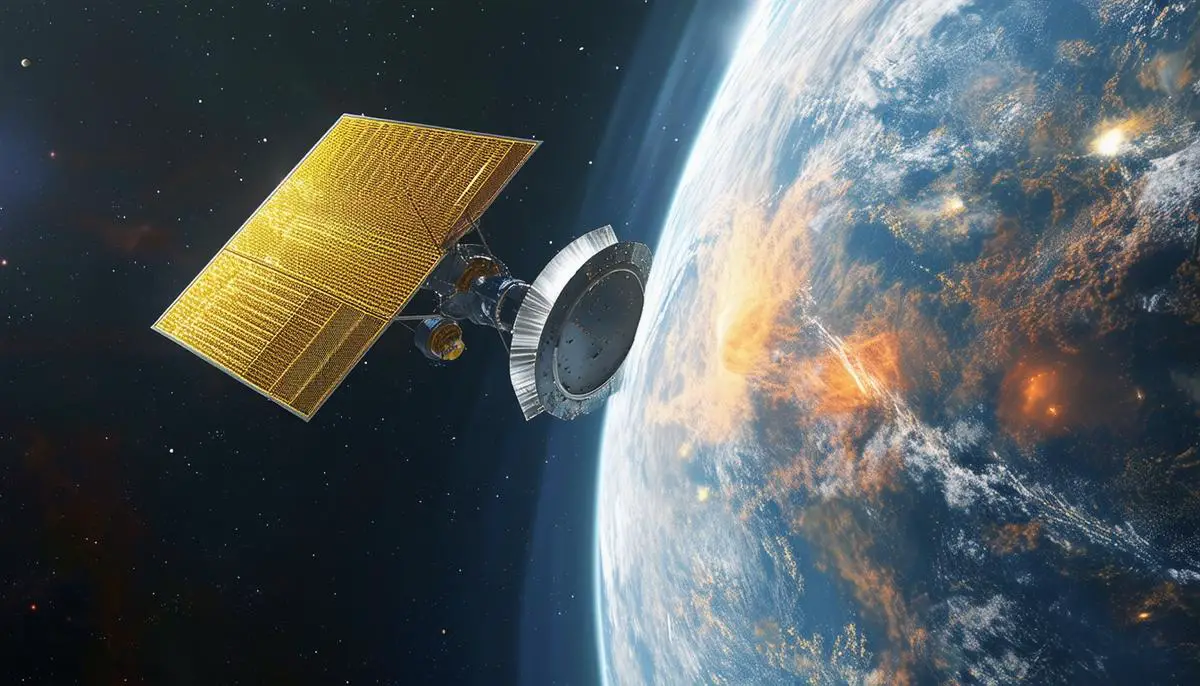
The James Webb Space Telescope stands as a testament to human curiosity and collaboration, expanding the boundaries of our understanding of the universe. Its contributions promise to reshape our cosmic knowledge, offering insights that will resonate for generations.
- NASA. James Webb Space Telescope. National Aeronautics and Space Administration.
- European Space Agency. Webb Space Telescope. ESA.
- Canadian Space Agency. James Webb Space Telescope. Government of Canada.
- Space Telescope Science Institute. James Webb Space Telescope. STScI.
- McCaughrean M. James Webb Space Telescope observations. European Space Agency.
![]()
